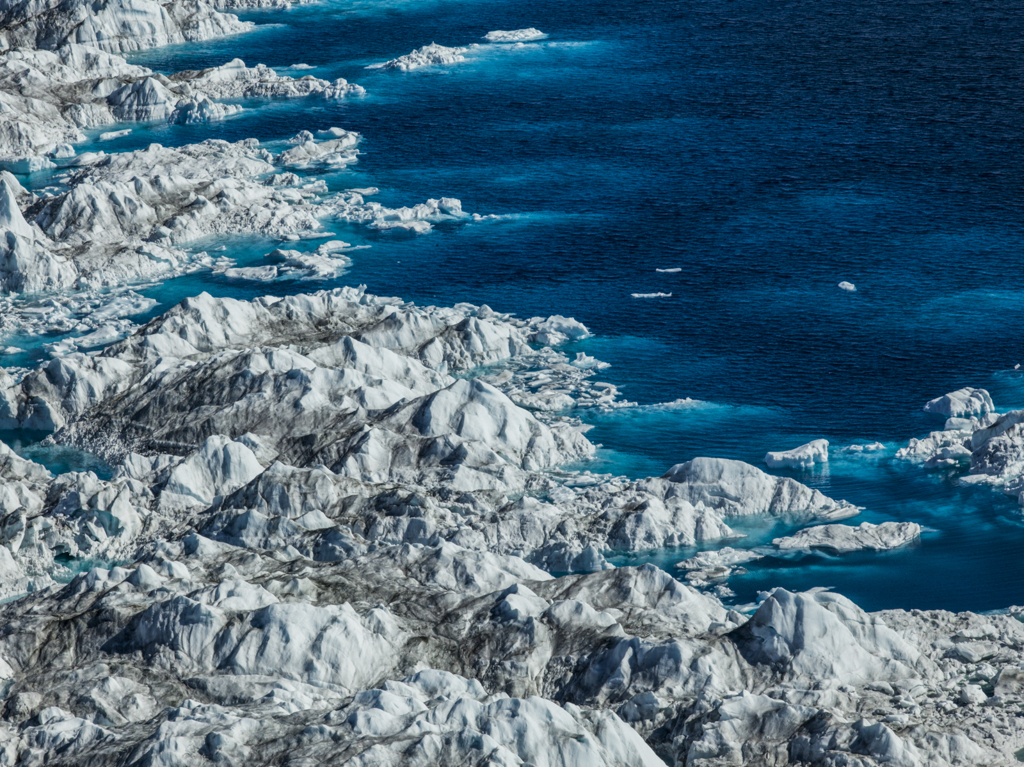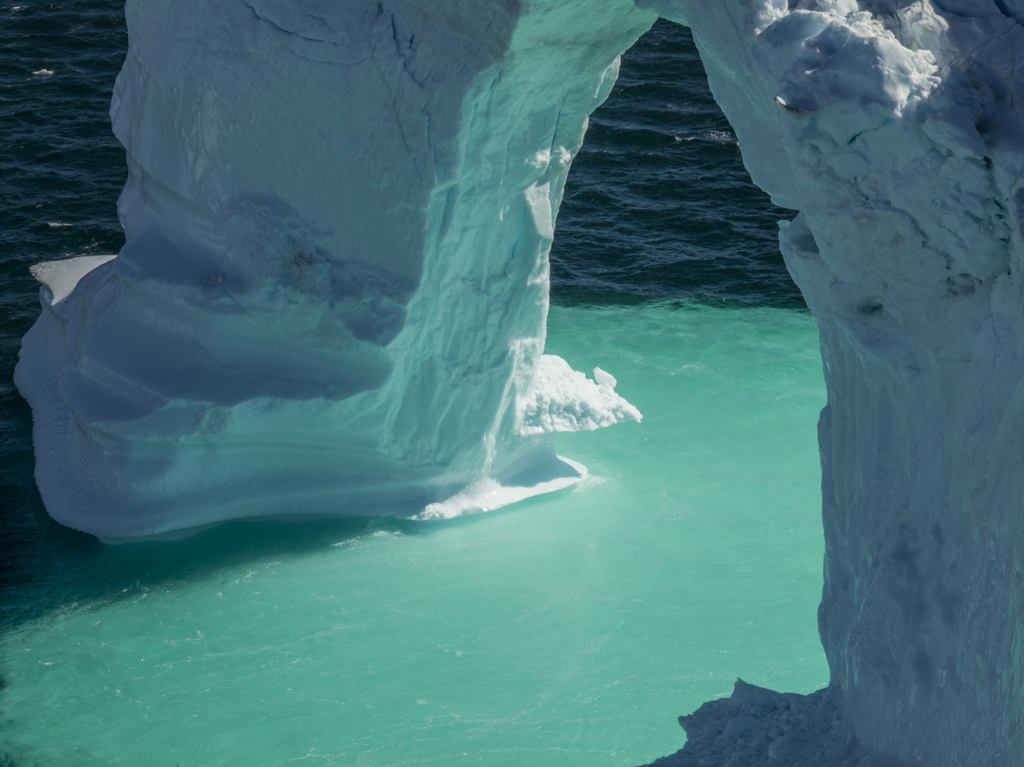Saturday, July 16, 2016
We woke up early for our last Ilulissat experience. From 9:00 AM until 12:00 PM, we flew in Air Greenland’s AStar 350 helicopter over Greenland’s ice sheet which was studded with pockets of crystal blue melt water lakes and rivers. Memories of my last AStar helicopter experience in the same area in 2007 convinced me that Greenland’s ice sheet was melting faster than I had expected. Streams flowing with water emptied into many more ponds and lakes. The snow contained much more silt and was no longer pristine white.
Kirsty flew back to NYC through Iceland, and I flew to Kangerlussuaq to meet the Tällberg Foundation group where would begin our East Greenland Ice Core Project (EGRIP) excursion.
The Tällberg Foundation encourages global conversation about issues that are critical to the evolution of our societies. A key focus is climate change and its impact on the planet.
The Tällberg Foundation was invited to organize a seven-member delegation that would witness the drilling of ice cores at the East Greenland Ice Core Project (EGRIP). The intention was to bring laymen to the site who would communicate to the public the importance of analyzing ice cores from the past 100,000 years. Ice cores are physical records of the effect that atmospheric gasses have had on temperature and sea level rise throughout geological time. With this data, scientists can predict the Earth’s future climate.
The members of the delegation included myself, and the following individuals:
Alan Stoga, Chairman of the Tällberg Foundation
Jim Tisch, CEO of Loews Corporation
David Kiernan, Law Partner in Williams & Connolly in Washington DC
Kurt Lauk, former member of the European Parliament
Juan Enriquez, Managing Director of Exel Venture Management and Co-Founder of Synthetic Genomics
Pierre Cousteau, Conservationist and youngest son of Jacques Cousteau
After dropping our bags at Hotel Kangerlussuaq, Sune, the field manager at EGRIP gave us an in depth tour of the Kangerlussuaq area. Kangerlussuaq is located south east of Ilulissat, and was a US military base until 1992.
Kangerlussuaq, Greenland
67 degrees N
50.69 degrees W
We watched the gushing run-off from the Russell Glacier under the Watson River Bridge, which had been washed away during the unprecedented surface melting of Greenland’s ice sheet in July of 2012.
The melt was in far in excess of any earlier year in the satellite record since 1979. During a four-day period in July, nearly 97% of Greenland’s surface ice sheet had thawed.
Today, the temperature in Kangerlussuaq was a record 72 F degrees.
Source: The Guardian
After collecting our cold weather gear for our trip to the ice sheet, we had a briefing and had dinner at Lake Ferguson’s Roclub, where we tried local Schnapps and Musk Ox.








